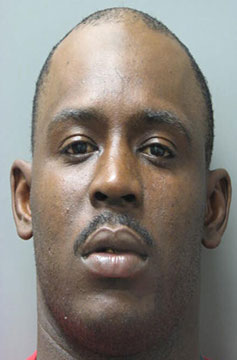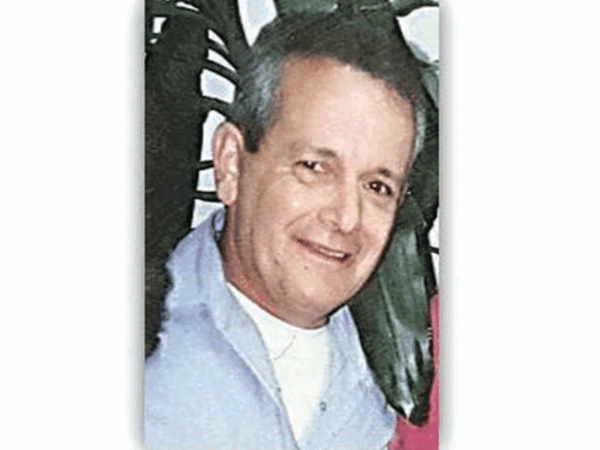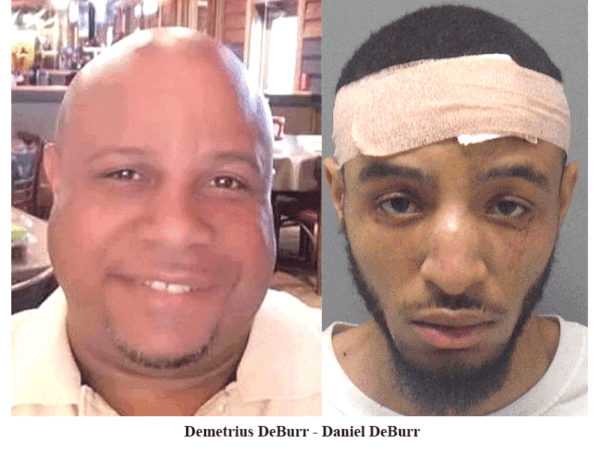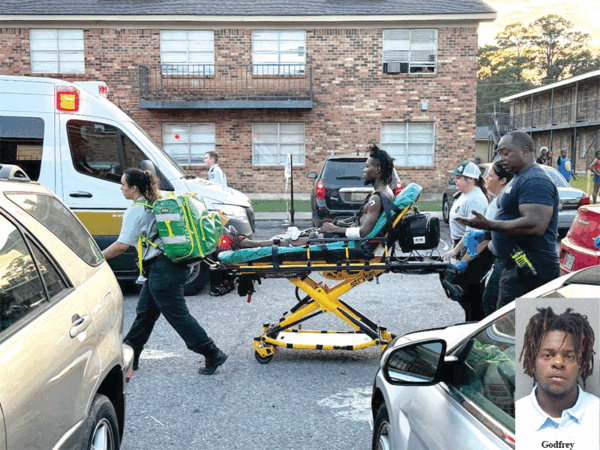Editor’s Note: This report is another in a series of reports on more than 150 people who have been charged in murder related cases in the area since 2011. We know they were suspects, but what happened afterwards?
In June of 2012 two men left Shreveport and drove to Monroe. What would happen in that one day would result in a course of action that was violent and tragic. Two men would be dead, and their lives would be changed forever. They were not from Monroe. The odds that their crime would be traced back to them were one in a million.
What gave them away was a tiny pin drop of DNA on a bloody tennis shoe and a cell phone that left a bread crumb trail so long that it police right to their front door and walked both of them into prison. The two men who were killed are gone, but it will take two life times for one of the slayers to ever get out of prison, and the other will be imprisoned for two decades.
What Happened?
Court records paint a horrible and bloody picture of that tragic days and the three years that followed. On June 8, 2012, Ouachita Parish Sheriff’s deputies were called to 4541 Winnsboro Road to investigate a double homicide. Myrick White called deputies when his two brothers, Russell Atkins and Dexter Burkhalter had not been seen for two days.
It was unusual because someone from the family always heard from one of them every day. Concerned, Myrick He said he went to Russell’s home at the Winnsboro Road address and found the residence secured. He knocked, yelled and turned door knobs but received no answer. Myrick knew something was wrong as he looked around for signs of their whereabout. When he looked through a window, he found his answer. Bodies Found
Through a window, he saw the motionless bodies of both Russell and Dexter. His heart raced with panic. He called the sheriff and waited for the deputies arrival. When Deputies arrived, they saw the bodies through the window and forced their way into the residence.
The bodies of the two men, covered in blood were lifeless laying on the floor. Both of them had been stabbed numerous times, and both had been shot.
There was no evidence in the residence that could help deputies find the culprit, or so it seemed until one of the Deputies noticed that neither victim had cell phones on them. They both owned cell phones, but they were not on their bodies or in the residence. Without anything other clues to point them to the suspects, the police acquired their numbers from relatives.
Cell Phone Trail
Armed with court permission, contact was made with phone companies, and the pings of the phone pointed law officials to a wooded area near the home. They would not have thought to look in that area; it was somehow disconnected from the crime scene, the but cell phones were in the woods sending their silent signal from cell tower to cell tower minute by minute.
The cell phone pings led deputies on a search through the woods until they found the cell phones, two bloody kitchen knives, a .22 caliber pistol, a bloody pair of Nike tennis shoes and duct tape.
It appeared that the evidence to track down the murders had been delivered to investigators in a single neat package, thanks to a couple of tell-tale cell phone that pinged a trail right to evidence. Instinct told investigators that they had the evidence, but he had to be tied to suspects. They had no idea of anyone connected with the slain men, but the hints would be given to them by the bloody Nike shoe and the cell phone.
Investigators noted that there were two separate and distinct shoe prints in the blood that was inside the residence. Apparently one of the victims made shoe prints in the blood. After the murder, the suspect took the shoes off one of the victims and hid them in the nearby woods along with the knives and gun used in the murder. Investigators soon learned that one of the bloody shoe prints matched that of the Nike shoe found in the woods. DNA tied the shoes to Burkhalter.
DNA Match up
On September 17, 2012, DNA matched samples inside the Nike tennis shoe to Rico Collins. Collins had been arrested before for simple burglary, resisting an officer, possession of cocaine, simple battery and possession of marijuana. He was living in Shreveport at the time. Law Enforcement had his DNA sample. The DNA placed him on the scene of the crime. A smart lawyer could get a jury to doubt whether that was enough to convict a man of murder, so investigators looked for more evidence to tie Collins to the crime.
Like a stool pigeon singing a song that mocked the assailants, they turned to the cell phones again, the cell phones pointed to a second person and the plot thickened.
A search of the phone number in Russell’s phone turned up the name “MEAT.” The nickname was compared to names in a law enforcement nickname database and matched it to Demetric Whitlock. The dots began to connect quickly. The cell phone records showed that Whitlock had talked to Collins on the day of the murders with pings just one mile from the murder site, not in Shreveport.
The cell phone signals were tracked through nine calls made from Monroe back to Shreveport. They almost led deputies to Whitlock’s front door. Both men were arrested on warrants. Whitlock faced $1 million bonds for each of the men he killed.
In December of 2012, Collins was indicted and charged with two counts of second-degree murder along with Demetric Lawadrick Whitlock.
Lawyers for both men began the legal maneuvers that dragged out the case. Motions for discovery. Motions for 5th Amendment rights. Evidentiary motions, appearances, claims and counter claims. The defense hoped to free the two suspects on a technicality or simple legal mistake or by chance a question of the constitutionality of the procedures themselves. That’s what Collin’s public defense attorney tried.
She tried to disassociate him from the murder because he claimed he came to Monroe hitching a ride with Whitlock and did not know that he was going to kill someone. He claimed he went to the door of the home and one of the victims grabbed him by the leg pleading for help as Whitlock stabbed them. He claims he didn’t participate in the murder. He later reported with the law, however. In the summer of 2013 Collins’ attorney, Peggy Sullivan, filed motions claiming that his second-degree murder charges exposed him to life in prison after a trial by a 12 member jury. She said the fact that only ten of the 12 jurors were needed to convict him was unconstitutional. Her complaint was denied by Judge Stephen Winters on August 30, 2013.
On July 11, 2014, the trial was held for Whitlock who was found guilty of two counts of manslaughter. Whitlock was sentenced to two life sentences, back to back, without the benefit of parole. On February 4, 2015, Collins was sentenced two -22-year terms to run concurrently.
It was a sad ending to murders that would not have been solved had it not been for the pings of a cell phone.




